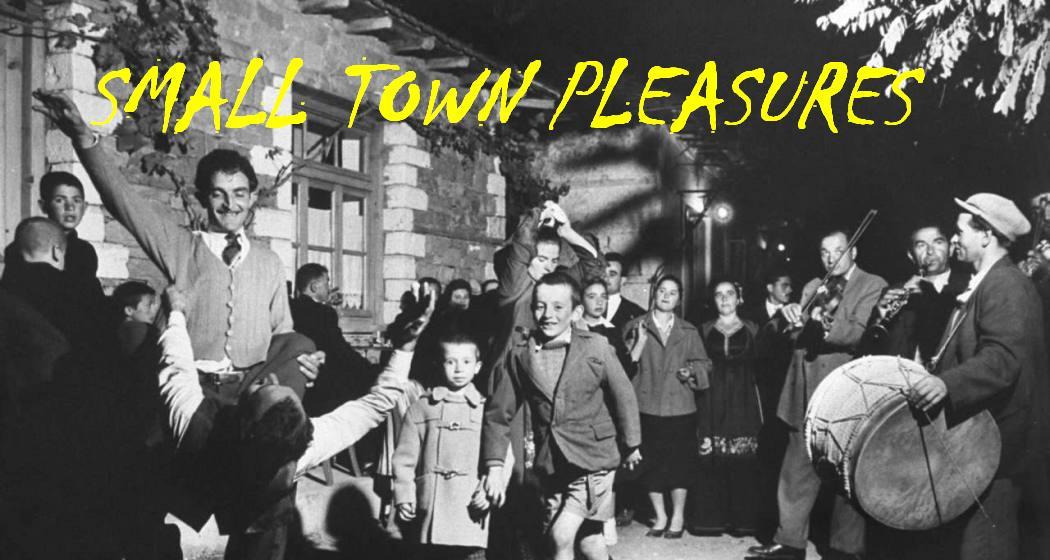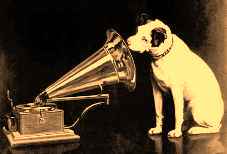 The history of '60s rock is littered with stories of great rock classics -- the Savages' album, the Thirteenth Floor Elevators' first two albums, the first two Chocolate Watch Band albums -- that should have been better known than they were. The Young Rascals is that rare example of a genuinely great album that got heard and played, and sold and sold. Apart from the presence of a hit ("Good Lovin'") to drive sales, every kid (and his girlfriend) in any aspiring white rock band on the East Coast in 1966 seemingly owned a copy. And it's easy to see why -- the Rascals' debut couples a raw garage band sound with compelling white soul more successfully than just about any record since the Beatles' Please Please Me. The band had three powerful singers in Felix Cavaliere, Eddie Brigati, and Gene Cornish, and an attack honed in hundreds of hours of playing dance clubs on Long Island and New York City. The result is a record without a weak moment or a false note anywhere in its 35 minutes: "Do You Feel It" shows them crossing swords stylistically with Smokey Robinson & the Miracles; "Just a Little" and "Like a Rolling Stone" show off their folk-rock chops; and "Slow Down," "Good Lovin'," "Mustang Sally," and "In the Midnight Hour" are all '60s rock & roll classics in these versions. "Like a Rolling Stone," in particular, now seems all the more compelling, pointing the way toward a future that included Hendrix's version of "All Along the Watchtower." The original Atlantic album was one of the label's best-sellers of the mid-'60s. [allmusic]
Here
The history of '60s rock is littered with stories of great rock classics -- the Savages' album, the Thirteenth Floor Elevators' first two albums, the first two Chocolate Watch Band albums -- that should have been better known than they were. The Young Rascals is that rare example of a genuinely great album that got heard and played, and sold and sold. Apart from the presence of a hit ("Good Lovin'") to drive sales, every kid (and his girlfriend) in any aspiring white rock band on the East Coast in 1966 seemingly owned a copy. And it's easy to see why -- the Rascals' debut couples a raw garage band sound with compelling white soul more successfully than just about any record since the Beatles' Please Please Me. The band had three powerful singers in Felix Cavaliere, Eddie Brigati, and Gene Cornish, and an attack honed in hundreds of hours of playing dance clubs on Long Island and New York City. The result is a record without a weak moment or a false note anywhere in its 35 minutes: "Do You Feel It" shows them crossing swords stylistically with Smokey Robinson & the Miracles; "Just a Little" and "Like a Rolling Stone" show off their folk-rock chops; and "Slow Down," "Good Lovin'," "Mustang Sally," and "In the Midnight Hour" are all '60s rock & roll classics in these versions. "Like a Rolling Stone," in particular, now seems all the more compelling, pointing the way toward a future that included Hendrix's version of "All Along the Watchtower." The original Atlantic album was one of the label's best-sellers of the mid-'60s. [allmusic]
HereMar 14, 2013
THE YOUNG RASCALS - YOUNG RASCALS (ATLANTIC 1966) Jap mastering cardboard sleeve mono+stereo
 The history of '60s rock is littered with stories of great rock classics -- the Savages' album, the Thirteenth Floor Elevators' first two albums, the first two Chocolate Watch Band albums -- that should have been better known than they were. The Young Rascals is that rare example of a genuinely great album that got heard and played, and sold and sold. Apart from the presence of a hit ("Good Lovin'") to drive sales, every kid (and his girlfriend) in any aspiring white rock band on the East Coast in 1966 seemingly owned a copy. And it's easy to see why -- the Rascals' debut couples a raw garage band sound with compelling white soul more successfully than just about any record since the Beatles' Please Please Me. The band had three powerful singers in Felix Cavaliere, Eddie Brigati, and Gene Cornish, and an attack honed in hundreds of hours of playing dance clubs on Long Island and New York City. The result is a record without a weak moment or a false note anywhere in its 35 minutes: "Do You Feel It" shows them crossing swords stylistically with Smokey Robinson & the Miracles; "Just a Little" and "Like a Rolling Stone" show off their folk-rock chops; and "Slow Down," "Good Lovin'," "Mustang Sally," and "In the Midnight Hour" are all '60s rock & roll classics in these versions. "Like a Rolling Stone," in particular, now seems all the more compelling, pointing the way toward a future that included Hendrix's version of "All Along the Watchtower." The original Atlantic album was one of the label's best-sellers of the mid-'60s. [allmusic]
Here
The history of '60s rock is littered with stories of great rock classics -- the Savages' album, the Thirteenth Floor Elevators' first two albums, the first two Chocolate Watch Band albums -- that should have been better known than they were. The Young Rascals is that rare example of a genuinely great album that got heard and played, and sold and sold. Apart from the presence of a hit ("Good Lovin'") to drive sales, every kid (and his girlfriend) in any aspiring white rock band on the East Coast in 1966 seemingly owned a copy. And it's easy to see why -- the Rascals' debut couples a raw garage band sound with compelling white soul more successfully than just about any record since the Beatles' Please Please Me. The band had three powerful singers in Felix Cavaliere, Eddie Brigati, and Gene Cornish, and an attack honed in hundreds of hours of playing dance clubs on Long Island and New York City. The result is a record without a weak moment or a false note anywhere in its 35 minutes: "Do You Feel It" shows them crossing swords stylistically with Smokey Robinson & the Miracles; "Just a Little" and "Like a Rolling Stone" show off their folk-rock chops; and "Slow Down," "Good Lovin'," "Mustang Sally," and "In the Midnight Hour" are all '60s rock & roll classics in these versions. "Like a Rolling Stone," in particular, now seems all the more compelling, pointing the way toward a future that included Hendrix's version of "All Along the Watchtower." The original Atlantic album was one of the label's best-sellers of the mid-'60s. [allmusic]
HereTHE YOUNG RASCALS - COLLECTIONS (ATLANTIC 1967) Jap mastering cardboard sleeve mono+stereo
................

 The garage rock feel has been banished almost entirely from the group's second album, whose release followed a pair of disappointing singles ("What Is the Reason" and "Come On Up"). It also includes their first misjudgment on an album, Gene Cornish's too quiet, too introspective, and way-too-languid "No Love to Give," amid an otherwise wonderfully soulful body of music that picks up right where "In the Midnight Hour" from the prior album left off. Most of this record is among the most danceable white rock music of its period -- even the Eddie Brigati-sung cover of the then-current pop standard "More" has a certain rocking credibility. Their attempt at bluesy rock & roll, Cornish's "Nineteen Fifty-Six," a bit of a "Kansas City" rip-off, with a pair of crunchy guitar parts and Cornish singing lead, also comes off extremely well. They're even better with the more soulful tracks, however. "Land of 1000 Dances" was the best track on which to end this album, but it was Cavaliere and David Brigati's "Love Is a Beautiful Thing" that pointed to the future, showing the group moving toward the mix of sounds and sentiments behind "People Got to Be Free.[allmusic]
The garage rock feel has been banished almost entirely from the group's second album, whose release followed a pair of disappointing singles ("What Is the Reason" and "Come On Up"). It also includes their first misjudgment on an album, Gene Cornish's too quiet, too introspective, and way-too-languid "No Love to Give," amid an otherwise wonderfully soulful body of music that picks up right where "In the Midnight Hour" from the prior album left off. Most of this record is among the most danceable white rock music of its period -- even the Eddie Brigati-sung cover of the then-current pop standard "More" has a certain rocking credibility. Their attempt at bluesy rock & roll, Cornish's "Nineteen Fifty-Six," a bit of a "Kansas City" rip-off, with a pair of crunchy guitar parts and Cornish singing lead, also comes off extremely well. They're even better with the more soulful tracks, however. "Land of 1000 Dances" was the best track on which to end this album, but it was Cavaliere and David Brigati's "Love Is a Beautiful Thing" that pointed to the future, showing the group moving toward the mix of sounds and sentiments behind "People Got to Be Free.[allmusic]
Subscribe to:
Posts (Atom)

































.jpg)

